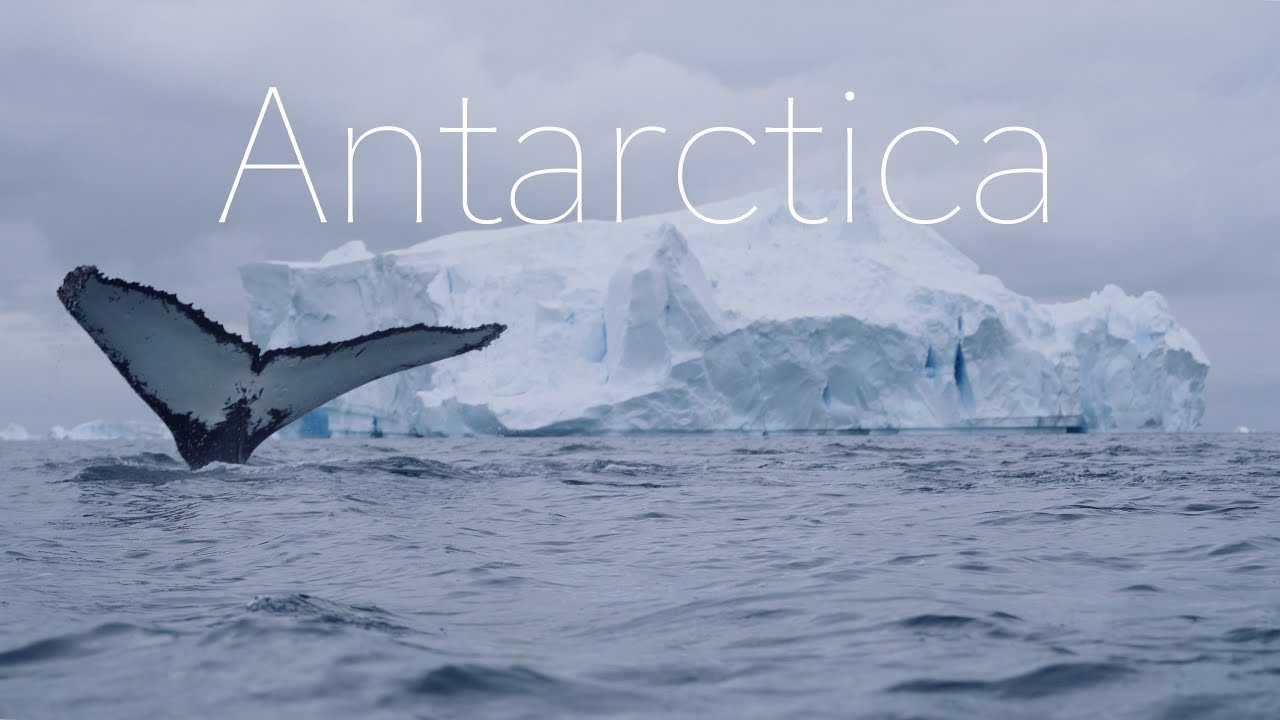Introduction
Antarctica, the southernmost continent, is a vast, icy landmass located at the Earth’s south pole. Known for its extreme cold, Antarctica is the coldest, driest and windiest continent on Earth. It is unique in that it is the only continent without an indigenous human population, government, or defined territories.
Table of Contents
Early Exploration and Naming (350 BC – 1890s)


The most important relationship we can all have is the one you have with yourself, the most important journey you can take is one of self-discovery. To know yourself, you must spend time with yourself, you must not be afraid to be alone. Knowing yourself is the beginning of all wisdom.
Aristotle
Around 350 BC, the Greek philosopher Aristotle proposed the revolutionary theory that the Earth is spherical. This conceptual shift marked a significant moment in human understanding. At the same time, the Greeks, who knew the arctic regions to the north, named it “Arctos”, which is derived from the constellation Ursa Major.
Inspired by this celestial configuration, they named the Arctic region, recognized the spherical nature of the Earth, and imagined north and south as mirror images. As a result, the unknown southern region was named “Antarctos”, signifying its opposite nature to the bear. This term eventually gave rise to “Antarctica”. Maps from this time, such as those produced by French explorers in the 1530s, depicted the vast “Unknown Southern Land” in the southern hemisphere, reflecting the limited knowledge of the unexplored continent.

Antarctica Heroic Years and Discovery (1890s – 1900s)


Initial efforts to land in Antarctica, along with the disputed claims of Captain John Davis, characterized early exploration of the continent. The turn of the 20th century ushered in the Heroic Era, a period marked by remarkable Antarctic expeditions. It was during these ventures that significant discoveries were made, including the identification of plant life such as mosses on the icy continent. The explorations of this era laid the foundation for understanding the unique ecosystem of Antarctica and contributed to the wider scientific knowledge of this remote region.
Colonial Period and Territorial Claims (1908 – 1942)
Eight countries, namely Argentina, Australia, Chile, France, New Zealand, Norway, Germany and the United Kingdom, have asserted their claims to sovereignty over Antarctica. This geopolitical maneuvering was evident in the strategic establishment of research stations across the continent that serve both scientific and political purposes.

The deployment of these stations not only facilitated scientific exploration, but also contributed to the enforcement of territorial rights. In particular, overlapping claims have emerged between Chile, Britain and Argentina, adding to the geopolitical complexity. The proximity of research stations from these countries suggested dual motives, suggesting that some stations may serve purposes beyond scientific research, possibly extending to intelligence activities. This interplay of territorial claims and geopolitical location underscores the complex dynamics surrounding Antarctica.
Post World War II Geopolitical Tensions (1945 – 1958)
The post-World War II period saw increased competition between nations vying for territorial claims in Antarctica. This heightened rivalry manifested itself in the strategic placement of research stations, reflecting not only scientific ambitions but also political and intelligence goals. The establishment of these stations became a tangible expression of geopolitical interests as countries sought to consolidate their positions in this remote and challenging environment.
Amid global Cold War tensions, fears grew that these geopolitical rivalries could extend to Antarctica, potentially turning the region into an arena of Cold War hostilities. The strategic location of research stations underscored the complex interplay between scientific exploration, political agendas, and the broader geopolitical environment during this period.
Antarctic Treaty (1959)


In 1959, a key treaty was signed with the primary goal of preserving Antarctica exclusively for peaceful purposes. The emphasis of this treaty was on the promotion of scientific research in the region and on the promotion of the free exchange of scientific data between the participating states. Rather than abolish territorial claims entirely, the treaty opted for a temporary suspension, allowing nations to maintain their claims but suspend them for the time being. This diplomatic approach sought to balance the geopolitical landscape, ensure that Antarctica remained a space dedicated to cooperative scientific endeavors, and minimize potential conflicts arising from territorial disputes.
Post-Treaty Period and Current Geopolitical Dynamics
These seven countries, including Argentina, Australia, Chile, France, New Zealand, Norway and the United Kingdom, continue to make symbolic territorial claims to Antarctica. Within this group, there is a dynamic interplay of mutual recognition and non-recognition of claims, creating complex geopolitical dynamics. With the Antarctic Treaty, originally signed in 1959, set to expire in 2048, the international community faces the prospect of deciding whether to renew or revise the agreement. The pending expiration introduces an element of uncertainty, prompting states to reassess their positions on territorial claims and consider the potential for reshaping the future governance of Antarctica. This moment calls for careful examination of geopolitical interests and joint efforts in preserving Antarctica for peaceful and scientific purposes.
India’s Role and Environmental Protection Treaty (1981 – 1991)


India initially took a stance of opposition to the Antarctic Treaty, expressing concerns that the treaty could potentially be used by a limited number of countries to exploit Antarctica for their own gain. However, a significant shift occurred in December 1981 when India embarked on a secret expedition to Antarctica. This secret mission led by renowned marine biologist Dr. Syed Zahoor Qasim, it marked India’s entry into Antarctic exploration.
Surprisingly, just a month before the United Nations meeting on the subject, India reversed its stance and formally signed the Antarctic Treaty. The unexpected move confused other nations as India, which had been advocating UN control of Antarctica, now subscribed to the principles of the treaty. Subsequently, the Madrid Protocol was established in 1991, which added a dimension of environmental protection to Antarctica. This protocol imposed restrictions on drilling and mining activities, contributing to international efforts to protect Antarctica’s fragile ecosystem.
Future Challenges and Exploitation Concerns (1991 – Present)

The threat of potential oil and gas extraction under the melting ice in Antarctica has become a significant issue. As the effects of climate change lead to a gradual retreat of the ice, access to these resources may be economically viable in the future. To solve these problems and protect the sensitive environment of Antarctica, the Madrid Protocol of 1991 serves as an essential guarantee. This international agreement imposes strict restrictions on drilling and mining activities in the region to prevent any mining that could threaten the pristine nature of Antarctica. However, in addition to concerns about minerals, there is growing awareness of other challenges such as overfishing, tourism and the general exploitation of the continent’s resources. These growing concerns underscore the need for a comprehensive and sustainable approach to protecting Antarctica from various forms of human impact.
Present-Day Geopolitical Landscape and Collaborative Efforts
Despite the complex geopolitical situation, nations continue to cooperate intensively on scientific research efforts in Antarctica. The region remains a focal point for international cooperation and promotes progress in our understanding of climate, ecosystems and polar environments.
However, this commitment to scientific collaboration coexists with new challenges, notably the increase in tourism and fishing activities, especially led by China. The growing presence of humans in Antarctica raises concerns about environmental sustainability and the potential impact on the continent’s sensitive ecosystems. As a result, there have been calls for new treaties to regulate ocean activities around Antarctica, ensure responsible management of these vital ecosystems and prevent overexploitation. The delicate balance between scientific exploration and protection of Antarctica’s unique environment requires continued international dialogue and collaborative efforts to address the evolving challenges facing the region.
Uncertain Future and Public Engagement
The Antarctic Treaty, while serving as a basic framework for international cooperation, shows some gaps that have consequences, especially in the context of tourism. The treaty’s primary focus on scientific research leaves room for ambiguity regarding the regulation of tourism activities in Antarctica. This has led to an increase in debate about whether the current collaborative approach should continue or be reassessed.
Growing interest in Antarctica, fueled by tourism, is fueling debate about balancing exploration with the imperative to preserve the continent’s fragile ecosystems. Public opinion on the future of Antarctica varies, with some advocating a continued emphasis on conservation to protect its pristine environment, while others advocate further exploration and exploitation of its resources. Finding a harmonious balance between these perspectives is critical to determining the trajectory of Antarctica’s future and ensuring responsible and sustainable engagement with this unique and vulnerable ecosystem.
